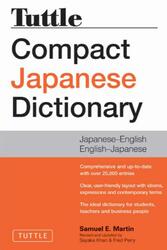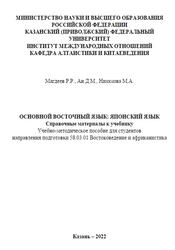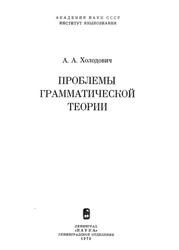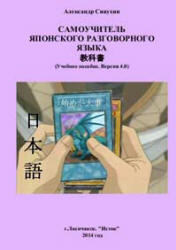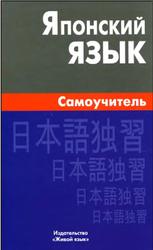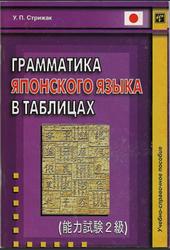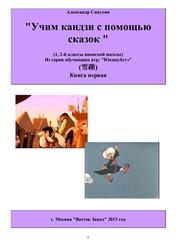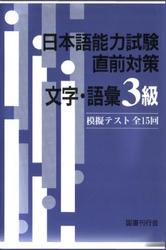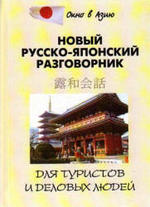Ever since the beginning of Japanese language education for foreigners, the task of learning kanji has been one of the major challenges for learners, particularly those whose native language does not make use of the characters. As a result of the rapid growth in the popularity of Japanese language studies that started in the 1980s, an immense volume of various instructional materials has been created over the ensuing years.
These materials include several excellent beginning level textbooks for the study of kanji, but unfortunately there have been no textbooks that can adequately help intermediate and advanced learners to build upon the foundation of knowledge and proficiency in kanji that they have already acquired.
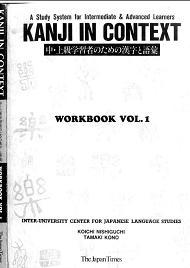
Introduction
I. Overview of Text
Kanji in Context—A Study System for Intermediate and Advanced Learners has been designed to allow learners who have just completed a beginning course or are currently studying at the intermediate or advanced level to systematically and efficiently expand the foundation of kanji and vocabulary that they have acquired. This text is divided into two halves, a reference book and a 2-volume workbook.
Kanji in Context has several distinct features not found in other kanji textbooks currently available;
-The first textbook specifically designed for intermediate and advanced learners
Until now, kanji textbooks have always been designed so that study commences with the very basics, and there have been no textbooks to help intermediate and advanced learners begin an in-depth study of the characters. In response to this deficiency, Kanji in Context has been created specifically for learners who have just completed a beginning course or have already learned a fair number of kanji at the intermediate or advanced level but would like to amplify their knowledge of kanji and kanji-based vocabulary in a systematic fashion.
OKanji can be learned in a systematic fashion
At the intermediate level and above, the number of kanji needed by learners rises sharply. In order to effectively meet this growing need, it is not adequate to learn each new character randomly; rather, it is also necessary to study the systematic connections that lie behind kanji and kanji-based vocabulary. In general, there are three basic elements to kanji: form, sound, and meaning. Form refers to the principles behind the structure of kanji (the components and their positions within a character); sound to the shared connections and similarities in the readings of particular kanji, as based on their components; and meaning to the underlying system of meaning in kanji, as based on their components.
These three elements are organically intertwined within the kattji, and a proper knowledge of them will not only bring a dramatic increase in the speed at which new kanji and vocabulary-are digested, but will also foster the ability to infer the meaning and reading of previously unencountered kanji and vocabulary. The reference book of this text has been designed so that the principles of form, sound, and meaning behind the kanji will be automatically acquired as the characters are studied.
-Focus of study is not on kanji only, but also on kanji-based vocabulary
In addition to the acquisition of new kanji, it is also important for intermediate and advanced learners to learn new kanji-based vocabulary and their correct usage. However, traditional kanji textbooks have focused excessively on the study of characters one by one, providing only a sprinkling of vocabulary which, more than often, have little practical use for learners.
Бесплатно скачать электронную книгу в удобном формате, смотреть и читать:
Скачать книгу Kanji in context, Workbook vol 1, Nishiguchi K., Kono T., 1994 - fileskachat.com, быстрое и бесплатное скачивание.
Скачать zip
Ниже можно купить эту книгу, если она есть в продаже, и похожие книги по лучшей цене со скидкой с доставкой по всей России.Купить книги
Скачать книгу Kanji in context, Workbook vol 1, Nishiguchi K., Kono T., 1994 - pdf - depositfiles.
Скачать книгу Kanji in context, Workbook vol 1, Nishiguchi K., Kono T., 1994 - pdf - Яндекс.Диск.
Дата публикации:
Теги: японский язык :: Nishiguchi :: Kono
Смотрите также учебники, книги и учебные материалы:
Следующие учебники и книги:
Предыдущие статьи:

